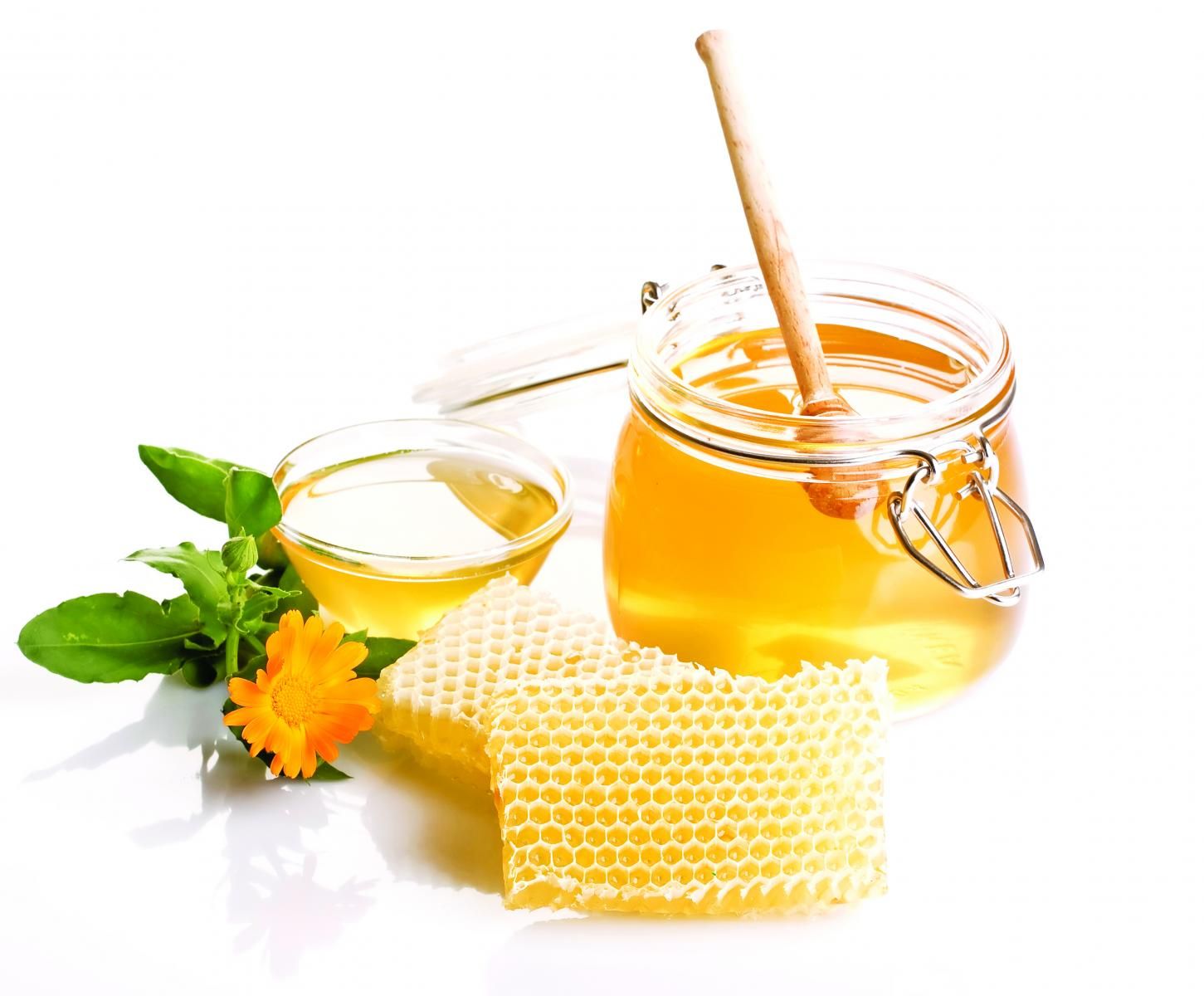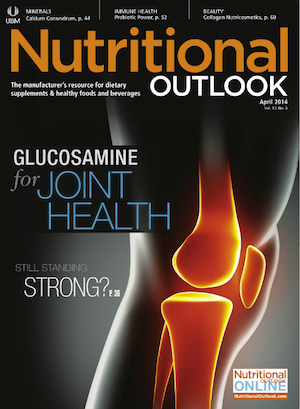Ingredient Spotlight: Honey Powder
What’s the buzz around natural honey powder?

What could be more delicious than the pure, golden sweetness of honey?
There is growing buzz surrounding the popularity of honey as it makes unexpected appearances in an array of foods and beverages. From teas to beer, whisky and bourbon, energy drinks, soda, and juices, innovative companies are increasingly finding ways to incorporate honey’s natural sweetness into their products-and consumers are happily responding.
Honey itself is hardly a new discovery. It has been prized since the days of ancient cultures. A rock painting in eastern Spain, estimated to date back to 6000 BC, shows a prehistoric figure gathering honey. Found in tombs of early Egyptians, honey was
reportedly used medicinally and for its flavor.
Today, honey, the nectar of flowers, also delights the palate in the form of versatile honey powder. Honey powder provides extended product shelf life and opens a wide window of new honey applications. Further sweetening the pot, honey packs health benefits, demonstrating that civilizations thousands of years ago were indeed on to something.
Sourcing
In the United States alone, more than 300 sources of nectar are used for honey production-including both wild and managed sources-but clover is the predominant source. Honey powder can be processed from any of these nectar sources, and numerous others globally. For example, commercially available honey powder processed in Indonesia is made from honey derived from the nectar of wild Ceiba pentandra and Hevea brasiliensis plants.
Natural honey can be honed, through a technique of spray drying, into a fine white or pale yellow powder, with texture similar to that of corn flour. In this form, bakers can blend honey with fructose and maltodextrin to create a free-flowing consistency for flavoring breads and baked goods. Honey powder helps to maintain product moistness and improve product stability. An added bonus is that honey is sweeter (and less caloric) than sugar, so smaller quantities of honey are needed to produce a pleasing flavor. In powder form, honey offers easier handling and reduced storage space.
Baking Benefits
A 2010 study, published in Food Research International, compared the effects of honey powder and sugar on dough rheology and bread quality. Results showed that as the amount of honey powder increased, so did stability and retention of moisture in breadcrumbs, which slowed staling, extended shelf life, and decreased bread development time. The fructose in honey powder allowed more moisture absorption than did the sugar, and it promoted softening of the bread dough. This, along with honey powder’s significant effect on yeast activity and production of gas during fermentation, contributed to bread loaves with increased volume.
Honey powder even improved the color development of crumbs.
The highest scores for sensory evaluation occurred with 10% honey powder-the same level at which resistance to extension (dough strength) increased. Honey breads had low hardness and gummy properties, and they exhibited heightened cohesiveness and springiness.
In another, somewhat recent study, published in the International Journal of Food Properties, researchers analyzed the processing techniques used to make dried and intermediate-moisture honey products.
A significant problem associated with drying high-sugar honey products is stickiness, they noted. Dried honey powder, however, can alleviate this problem and thus provide good commercial potential in the bakery and confectionery industries. Using dried honey would also eliminate the need for high temperature and flavor-disruptive cooking that is required to remove water when making certain types of candy.
The researchers added that, with honey-fruit spreads, replacing part of sugar with honey improved product taste and nutrition.
Health Benefits
In addition to its recognition for flavor, honey possesses important nutritional and health benefits. Honey contains phenolic acids and flavonoids, proteins, enzymes, amino acids, vitamins, minerals, and other components that contribute to its benefit as an antioxidant and prebiotic. Honey is also an antibacterial agent that can be useful in relieving wounds, burns, and skin irritations, while also creating a moist environment to promote improved healing and reduced scarring.
A 2010 study in the Mediterranean Journal of Nutrition and Metabolism outlined numerous references to the health benefits of honey and suggested that replacing some food sugars with honey can boost antioxidant effects, potentially even preventing the spread of metastatic cancer cells. The components in honey also deliver antiviral, antiparasitic, anti-inflammatory, and immunosuppressive properties, as well as control bacterial growth. Honey can also be effective in alleviating gastric pain and peptic ulcers and reducing the duration of diarrhea.
Cardiovascular benefits were seen in a human study in which honey reduced total cholesterol, LDL cholesterol, and triglycerides, and slightly raised HDL cholesterol. Nitric oxides found in honey may also have a protective function in cardiovascular diseases.
Honey powder is an important staple for the baking and confectionery industries. Honey’s natural, flavorful, and nutritional qualities are attractive to consumers. The applications and possibilities for honey powder in foods and beverages are wide open. And where the delectable taste of honey emerges, customers will follow.
Joe Raimondo is principal and president of Artiste (Glen Rock, NJ), a global flavor, fragrance, and specialty ingredient company. Through its network of partnerships, Artiste offers citrus, mint, extracts, and natural aroma chemicals.
References
1. JM Alvarez-Suarez et al., “Contribution of honey in nutrition and human health: a review,” Mediterranean Journal of Nutrition and Metabolism, vol. 3, no. 1 (April 2010): 15–23.
2. Q Tong et al., “Effect of honey powder on dough rheology and bread quality,” Food Research International, vol. 43, no. 9 (November 2010): 2284–2288.
3. S Bogdanov et al., “Honey for nutrition and health: a review,” Journal of the American College of Nutrition, vol. 27, no. 6 (December 2008): 677–689.
4. U Hebbar et al., “Properties of dried and intermediate moisture honey products: a review,” International Journal of Food Properties, vol. 11, no. 4 (October 1, 2008): 804–819.

The Nutritional Outlook Podcast Episode 39: Nutritional Outlook's Ingredients to Watch in 2025
February 25th 2025In this episode, Nutritional Outlook interviews Scott Dicker, market insights director from market researcher SPINS, about ingredients and product categories nutraceutical and nutrition product manufacturers should watch in 2025.
Prinova acquires Aplinova to further increase its footprint in Latin America
April 7th 2025Prinova has recently announced the acquisition of Brazilian ingredients distributor Aplinova, which is a provider of specialty ingredients for a range of market segments that include food, beverage, supplements, and personal care.




















